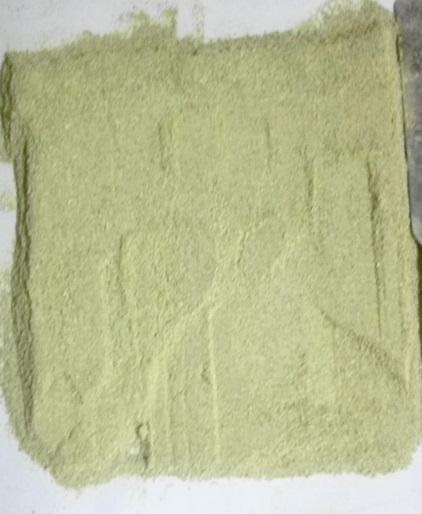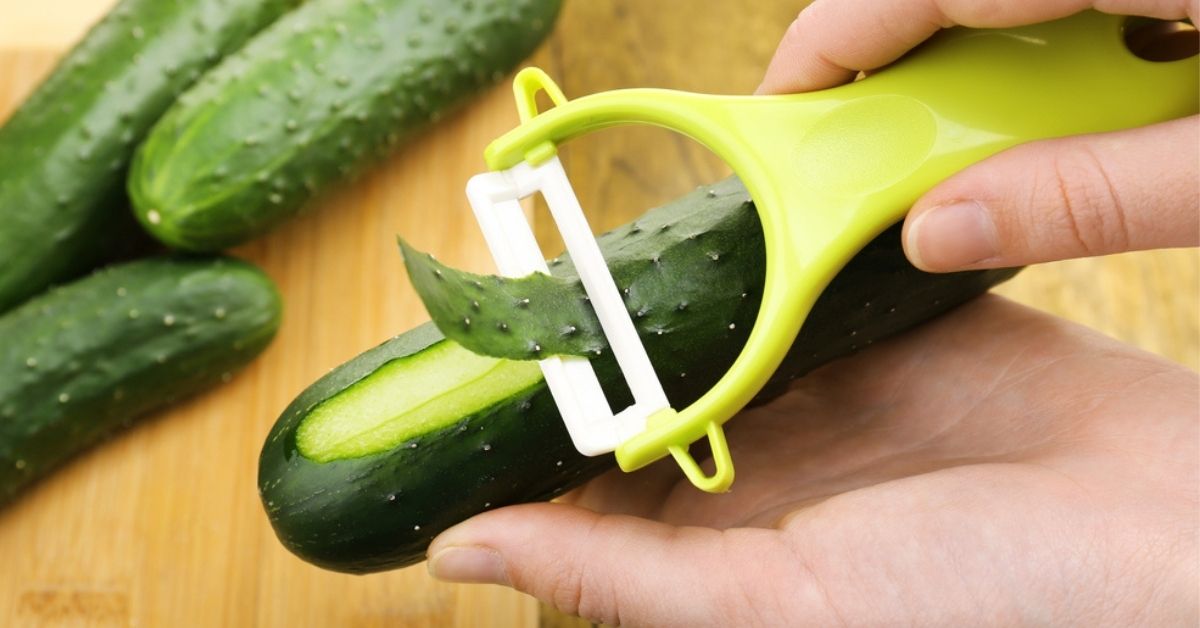Cucumber, a member of the gourd family, is certainly a popular side dish or snack in India. We peel, chop and then salt and pepper the vegetable as the perfect accompaniment to almost any meal. And diced cucumbers are added to any number of chaats.
But have you ever wondered what the skin can be used for? Not eating – it is tough, and bitter. But anything else?
Well professor Jayeeta Mitra, a researcher at the Indian Institute of Technology (IIT), Kharagpur used these peels to make an eco-friendly packaging material that is 100% biodegradable.
Not only do cucumber peels possess greater cellulose content, they are biodegradable and, if grown organically, completely non-toxic. Since they cause no ill-effects to the environment, they are a perfect source for packaging materials. They can be used to pack food, vegetables, fluids or even as water-proof coatings on paper.
“Many biopolymers like the ones extracted from banana peels or cassava plants are unable to make their way into the packaging industry because they lack strength, barrier property and sometimes are not safe for food packaging. But, based on various tests, we have come to the conclusion that cucumber peels have a higher cellulose content than any other fruit or vegetable peels, and it can be used to make food-safe packaging material,” says lead researcher of the project, Prof. Jayeeta.

About the packaging material
Ealy in 2018, Jayeeta and Sai Prasanna, a fellow research scholar at the institute, began experiments to find biodegradable packaging materials.
Jayeeta says, “To make eco-friendly material we need a source of micromolecules. These are usually extracted from carbohydrates or protein sources. Initially, we used the peels of bananas and oranges. But, after further research and testing, the results were not impressive. The material extracted was not as strong as we expected it to be. Eventually, we decided to use cucumber peels. After testing, we noticed that this material has a high cellulose content.”
Under lab conditions, using a technique called acid hydrolysis, the duo extracted water-soluble molecules, acid-soluble molecules, and alkali-soluble molecules from cucumber peels. Then, using a standardised method, they were able to extract cellulose nanocrystals that had low oxygen permeability and were strong enough to be used as packaging material.
“Cellulose nanocrystals are organic fillers that provide strength to the material and enhance the function of biopolymers. Using this we created a film-like material and wrapped it around different vegetables. Then, we ran more tests to determine its strength, how long it can keep the vegetable from spoiling, and how long it takes to degrade,” says Prof Jayeeta, adding the material has passed all the tests.
But, since the research is still under process and the material is yet to be patented she cannot reveal exact details about it.
Though she has received enquiries from various industries who wish to commercialise the packaging material, she is still working on the cost aspects and continues to research other solutions for this material.
(Edited by Vinayak Hegde)
If you found our stories insightful, informative, or even just enjoyable, we invite you to consider making a voluntary payment to support the work we do at The Better India. Your contribution helps us continue producing quality content that educates, inspires, and drives positive change.
Choose one of the payment options below for your contribution-
By paying for the stories you value, you directly contribute to sustaining our efforts focused on making a difference in the world. Together, let's ensure that impactful stories continue to be told and shared, enriching lives and communities alike.
Thank you for your support. Here are some frequently asked questions you might find helpful to know why you are contributing?

